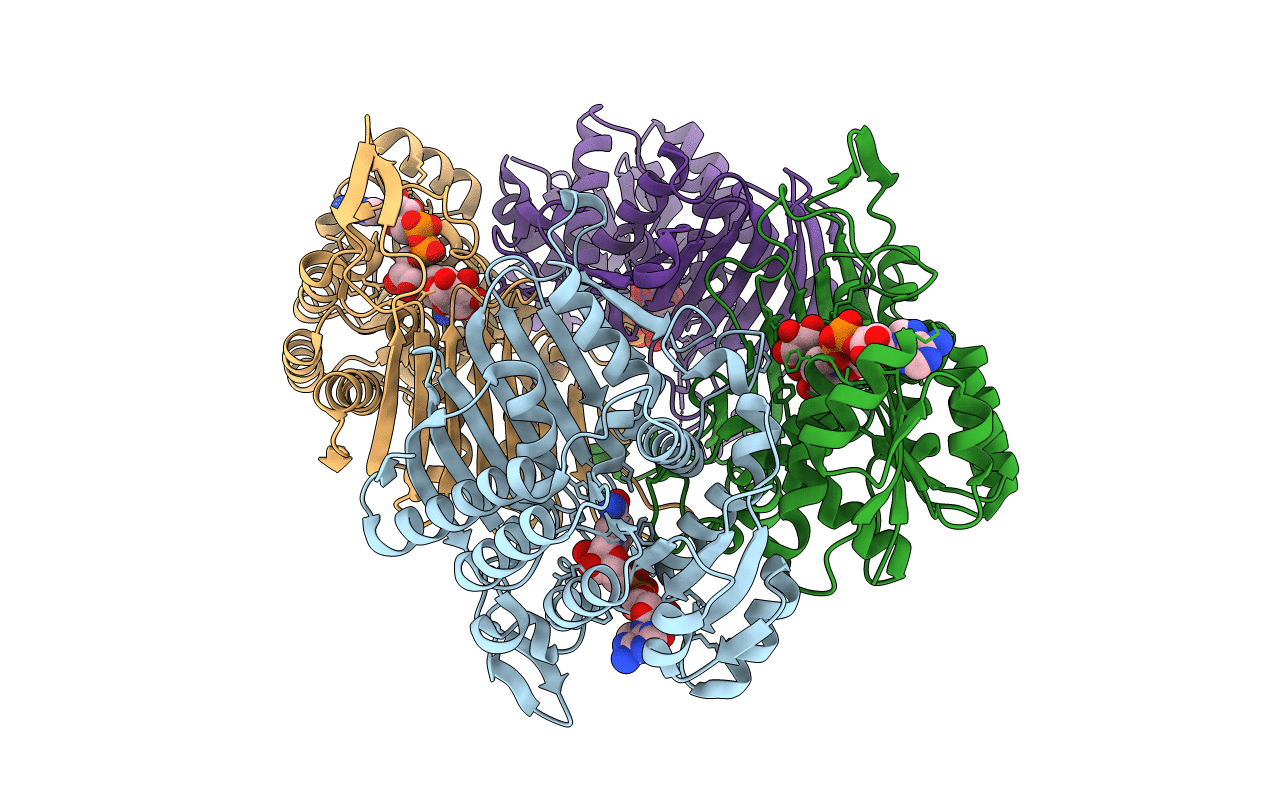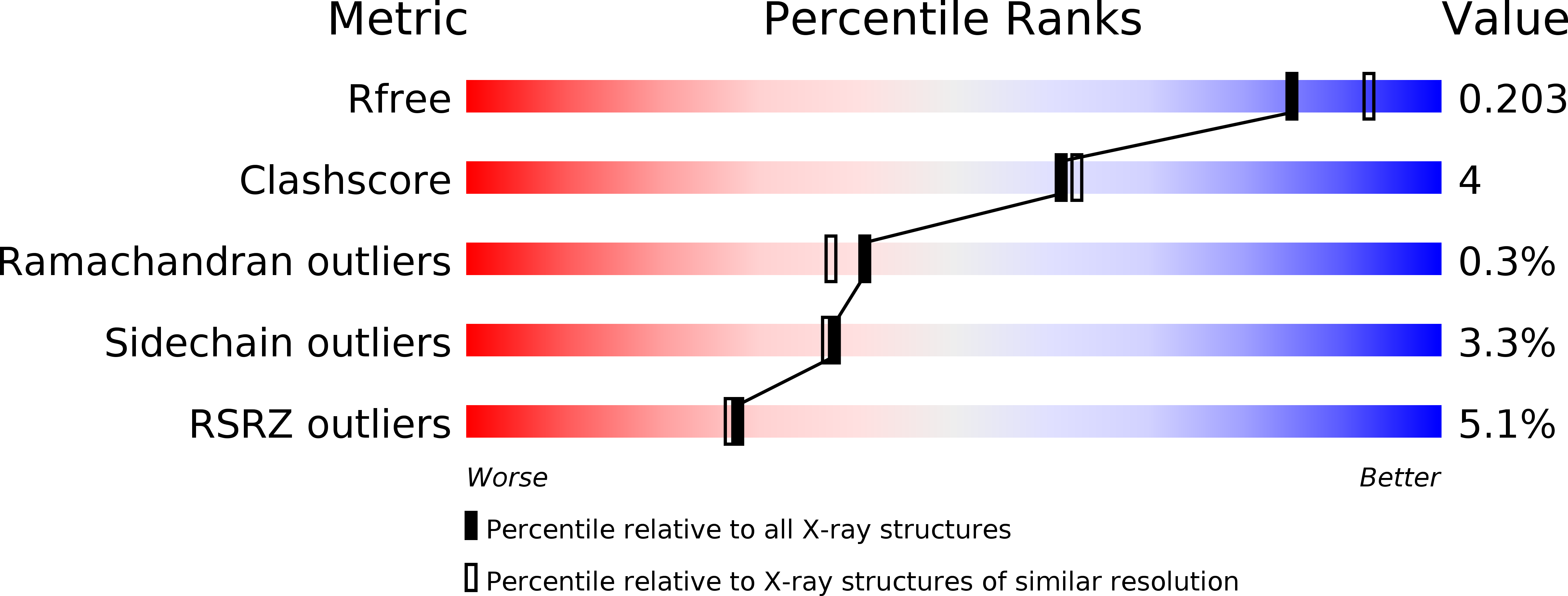
Deposition Date
2017-09-01
Release Date
2018-05-23
Last Version Date
2023-11-22
Entry Detail
PDB ID:
5YAQ
Keywords:
Title:
Crystal structure of scyllo-inositol dehydrogenase with L-glucose dehydrogenase activity complexed with scyllo-inosose
Biological Source:
Source Organism:
Paracoccus laeviglucosivorans Nakamura 2015 (Taxon ID: 1197861)
Host Organism:
Method Details:
Experimental Method:
Resolution:
1.99 Å
R-Value Free:
0.19
R-Value Work:
0.18
R-Value Observed:
0.18
Space Group:
P 21 21 21


